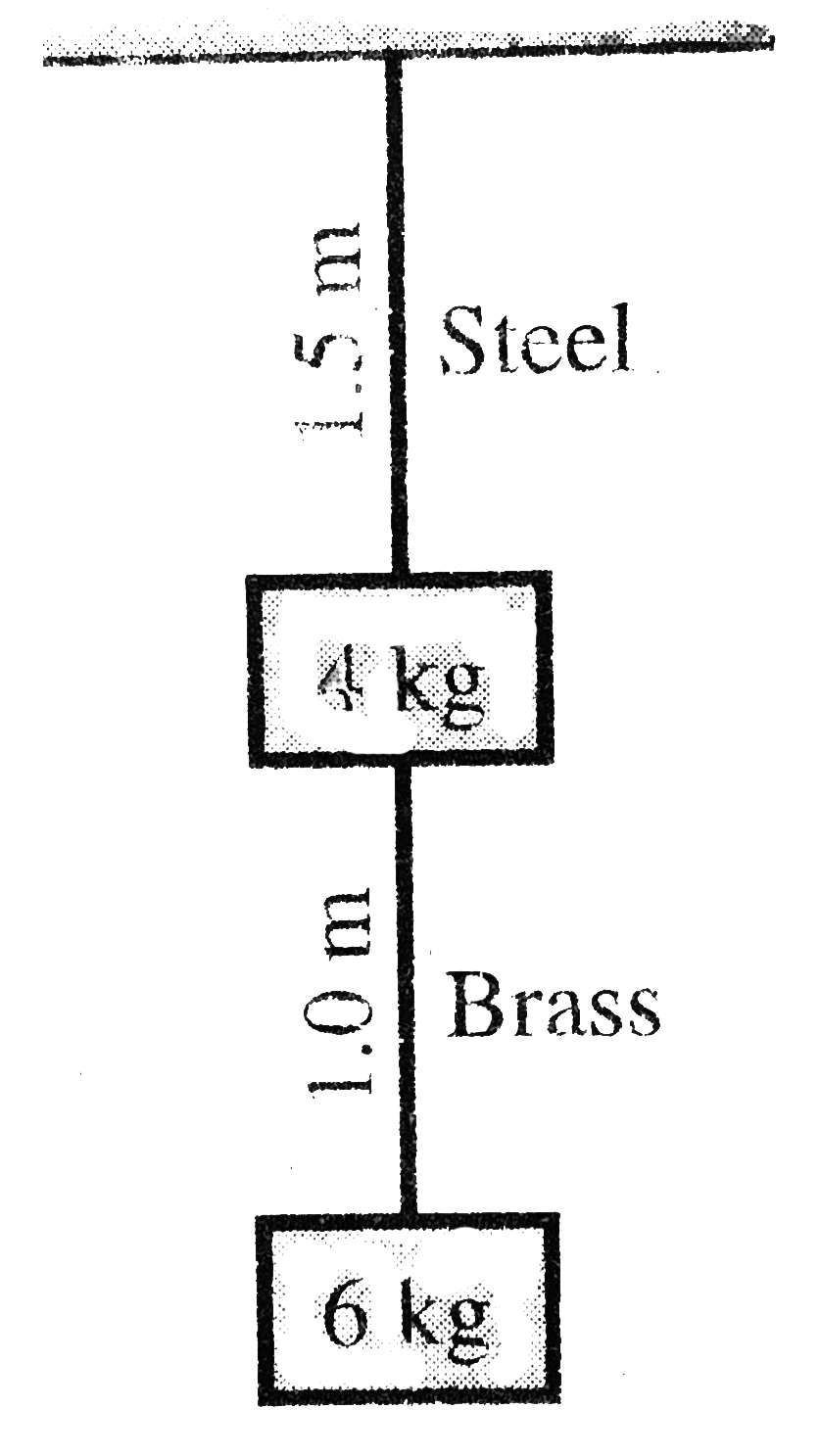Lead is a good absorber of X rays. Specific gravity of Pb=11.5. To cut down the initial radiation l0 to l02 a shield of 1.5cm was used. The mass absorption co-efficient is
0.06cm2/g
0.462cm−1
0.21cm−1
0.040cm2/g
The correct Answer is:B
l2=l0(1−e−μx)l=l02,x=1.5cm−1
μ=0.462cm2lg
Topper's Solved these Questions
- BOOK - FIITJEECHAPTER - TEST PAPERSEXERCISE - PHYSICS747videos
TEST PAPERS
- BOOK - FIITJEECHAPTER - SIMPLE HARMONIC MOTIONEXERCISE - Assignment Problems (Objective) (Level-II)20videos
SIMPLE HARMONIC MOTION
- BOOK - FIITJEECHAPTER - WORK, ENERGY AND POWER EXERCISE - COMPREHENSIONS ( Comprehension-II)5videos
WORK, ENERGY AND POWER
Similar Questions
A narrow beam of X−ray radiation of wavelength 62± penetrates an aluminium screen 2.6cm thick. How thick must a lead screen be to attenuate the beam just as much? The mass absorption coefficients of aluminium and lead for this radiations are equal to 3.48 and 72.0cm2/g respectively.
View SolutionHow many times will the intensity of a narrow X-ray beam of wavelength 20± decrease after passing through a lead plate of thickness d=1.0mm if the mass absorption coefficient for the given radiation wavelength is equal to μ/ρ=3.6cm2/g?
View Solution
Knowledge Check
- Question 1 - Select One
The half-life periofs of a reaction at initial concentration 0.1molL−1 and 0.5molL−1 are 200s and 40s, respectively. The order of the reaction is
A1B1/2C2D0 - Question 2 - Select One
A metal ball of specific gravity 4.5 and specific heat 0.1cal/gm−∘C is placed on a large slab of ice at 0∘C. Half of the ball sinks in the ice. The initial temperature of the ball is:- (Latent heat capacity of ice =80cal/g, specific gravity of ice =0.9)
A100∘CB90∘CC80∘CD70∘C
For a first order reaction, it takes 5 minutes for the initial concentration of 0.6 mol L−1 to become 0.4 mol L−1. How long in all will it take for the initial concentration to become 0.3 mol L−1?
View SolutionFor a first order reaction, it takes 5 minutes for the initial concentration of 0.6 mol L−1 to become 0.4 mol L−1. How long in all will it take for the initial concentration to become 0.3 mol L−1?
View SolutionOne side of spring of initial, instreached length l0=1m, lying on a frictionless table, is fixed, the other one is fastened to a small puck of mass m=0.1kg. The puck is given velocity in a direction perpendicular to the spring at an initial speed v0=11m/s. In the course of the motion, the maximum elogation of the spring is l=l0/10. What is the force constant of the spring (in SI units) ?
 .View Solution
.View SolutionTwo wires of diameter 0.25cm, one made of steel and other made of brass, are loaded as shown in the figure. The unloaded length of the steel wire is 1.5m and that of brass is 1.0m. Young's modulus of steel is 2.0×1011Pa and that of brass is 1.0×1011 Pa. Compute the ratio of elongations of steel and brass wires. △lsteel△lbrass=?
 View Solution
View SolutionIf 2x% be the percentage error in specific resistance given by ρ=πr2Rl where r is the radius having value (0.2om0.01) cm, R is the resistance of (60±3) ohm and l is the length of (150±1.5) cm. Find x.
View SolutionIt is found that in 11.2 L at 0∘C and 1 atm, of any gaseous compound of 'X', there is never less than 15.5 gm of 'X'. It is also found that 11.2 L of vapours of 'X' at 0∘C and 1 atm, weighs 62 gm. The automicity of 'X' is :
View Solution

